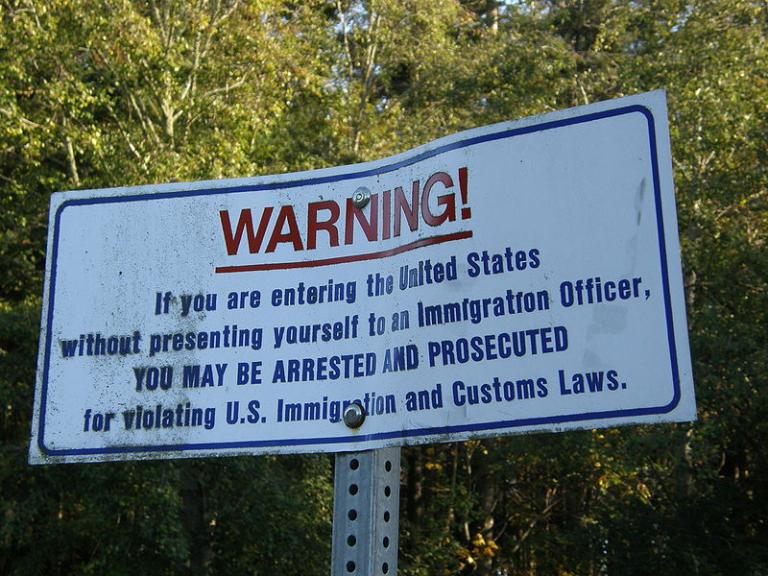
Most Americans believe the following two things:
We should allow that portion of the illegal immigrant population which has integrated into American society to be able to stay.
We should fix our laws so that there is no more illegal immigration in the future.
Yes, there’s a lot of dispute around the fine print. What constitutes “integrating into American society” — simply not being a criminal, or having learned English and gotten an education? How aggressively should we fight against future illegal immigration?
And yes, there are people on either extreme — those who want to send everyone back, and those who want to legalize everyone unconditionally and fundamentally don’t believe in immigration enforcement to begin with.
But a lot of the trouble with finding a compromise is a lack of trust. (Yes, I’ve blogged about this before.) Given that de facto government policy for years and years has been to enforce immigration laws as minimally as possible, with multiple administrations saying, “as long as you don’t commit crimes, you can stay,” and with sanctuary states/cities going further and saying, “even if you commit crimes, you can still stay,” and given that the 1983 amnesty carried with it a promise that was never fulfilled, to stop future illegal immigration, skeptics are justified in saying, “how can we trust that the federal government will actually carry out whatever enforcement provisions are now written into law? What’s to say they won’t come up with more reasons to ‘exercise prosecutorial discretion’ or waive certain provisions or defer their implementation year after year?” And, at the same time, supporters of legalization understandably reject enforcement-first legislation because, they say, it’s unfair to take away the ability of future legalization-beneficiaries to earn a living, and the promise that these people won’t be harmed because e-verify would only affect new hires isn’t persuasive if that leaves everyone at the mercy of their existing employers.
Folks, I have a solution.
Step 1: provide legalization for the “Dream”/DACA group in exchange for border controls and visa overstay prevention.
Step 2: implement E-verify with an age cut-off; everyone age 35 or older at the date of enactment is (temporarily) exempt. If you’re under age 35, but don’t fall under the “Dream”/DACA provisions, your current age and your age at arrival mean that you’re not going to garner too much sympathy if you have to return home.
Step 3: once E-verify is fully implemented, across all employers, with this age cut-off, begin processing legalization applications, with stipulations regarding literacy and English language skills (not just a promise to enroll in classes in the future), and giving literate English-speakers first priority.
Step 4: once the legalization applications have been processed, or in a phased-in manner parallel to the processing of applications, implement E-verify completely.
What? You say that the same people who are currently using forged identification to claim eligibility to work in the U.S., will just buy new documents that claim to be over the necessary cut-off age?
OK, I guess it’s back to the drawing board. . .
Image from Wikimedia Commons








